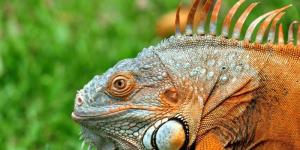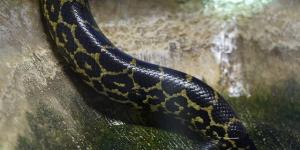Reptiles, insects & snakes
Explore fascinating reptiles insects & snakes with expert tips on care, habitats, and species insights. Discover unique behaviors and enhance your knowledge now!
4 articles

Most importantly, you should know that not all snake species lay eggs. Some species, like the rattlesnakes, vipers, boas, ribbons and garters give birth to living young ones. Among egg laying snakes, the number of eggs they lay, when they do that and after how much time they hatch depends on the size...

More and more people have opted for keeping exotic animals as a pet. People are generally more accustomed to living with mammals such as dogs and cats than reptiles such as iguanas, making it difficult for us to interpret their behaviour and detect symptoms of disease. Iguanas are not the most expressive...

Snake eggs are likely to be found in cold, dark and isolated places; usually buried under the soil for safety during their incubation. Most snake species, like king snakes, pine snakes and pythons, lay eggs. Others, like boas, rattlesnakes and garter snakes, give birth to live young. That means that...

Are snakes and vipers the same thing? Are these two terms synonymous? These two terms are often used interchangeably to refer to a single animal, but in reality there are differences in what they mean. So in this OneHowTo article we explain the basics of snake taxonomy (the different types of snakes) by explaining...